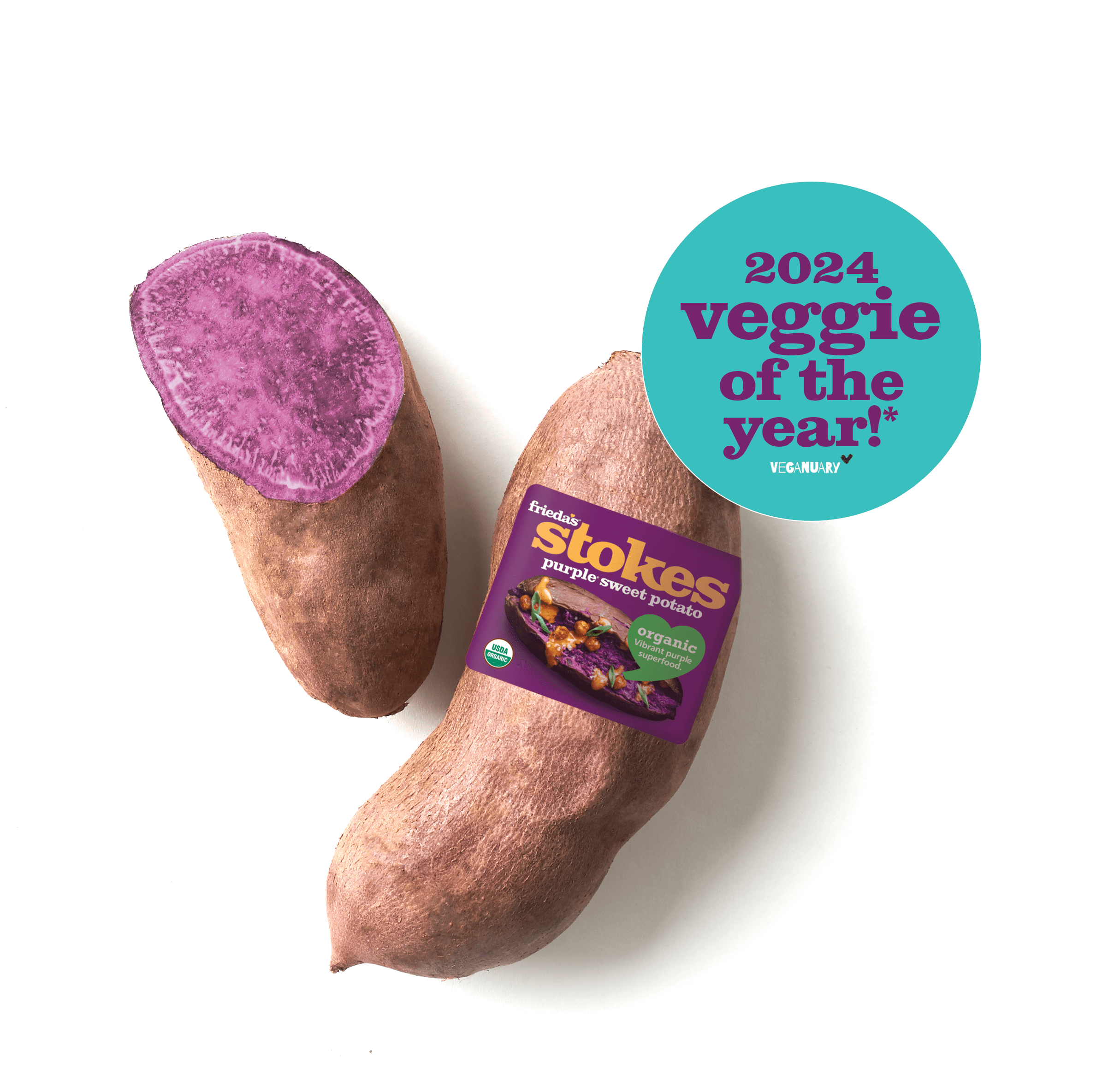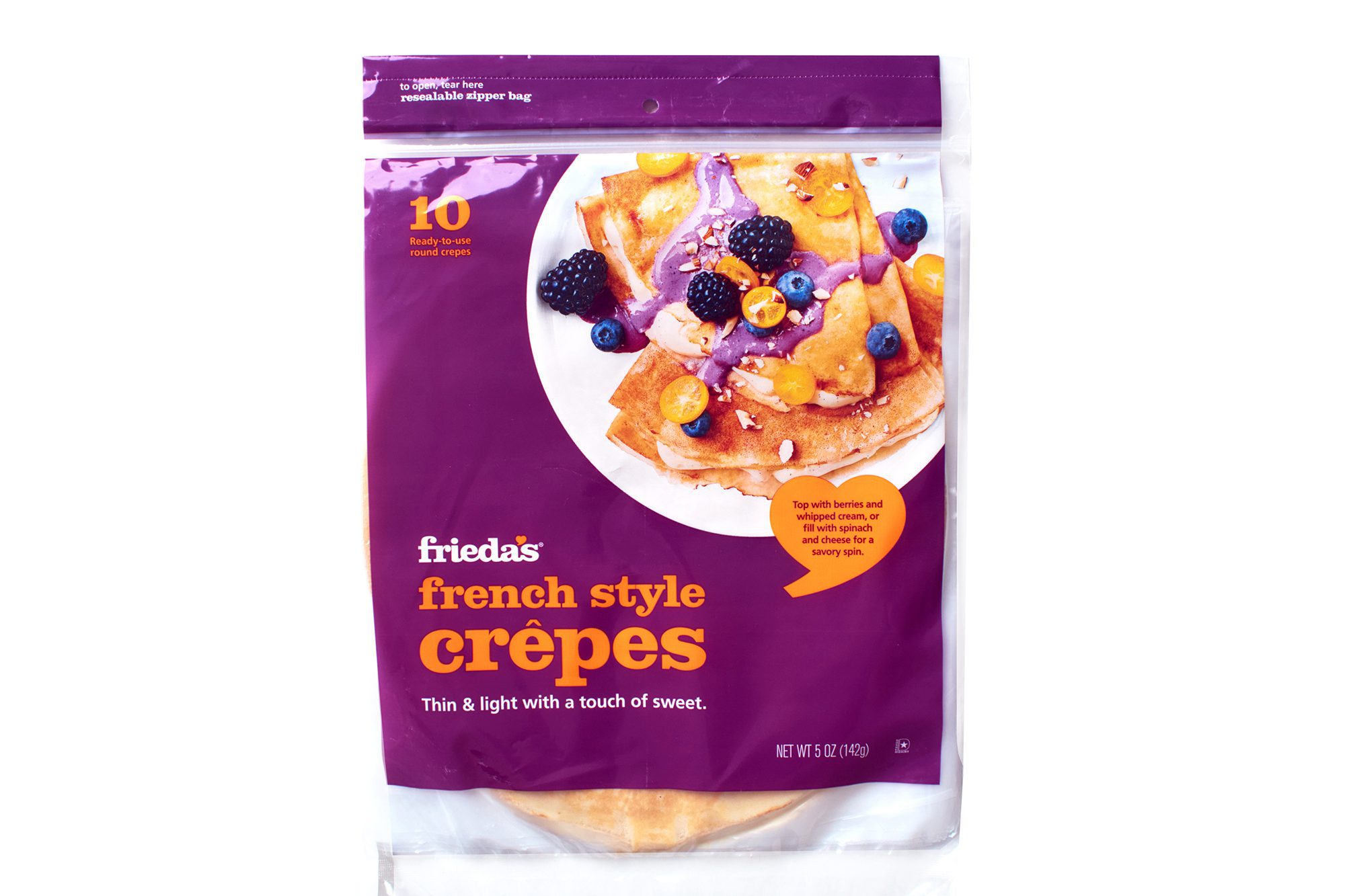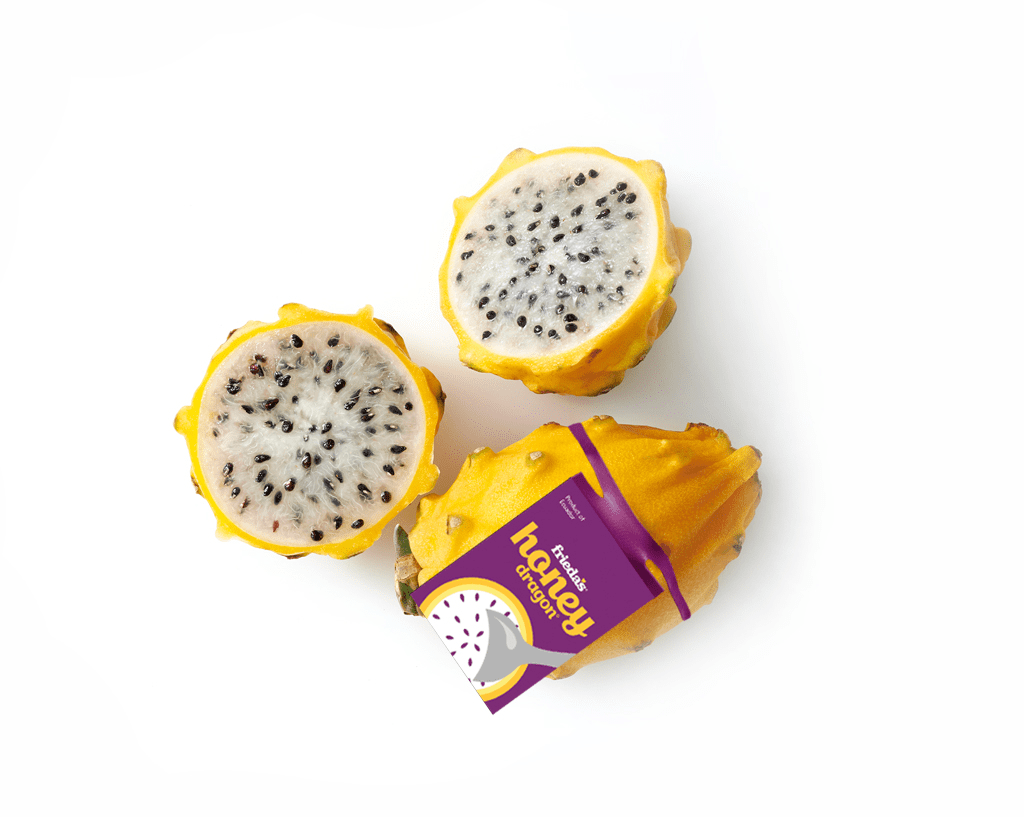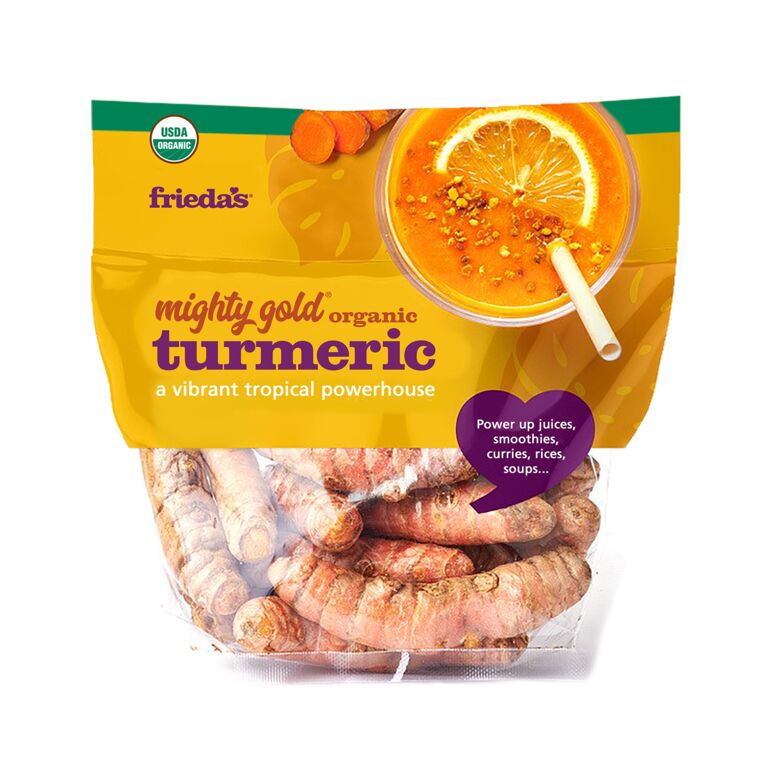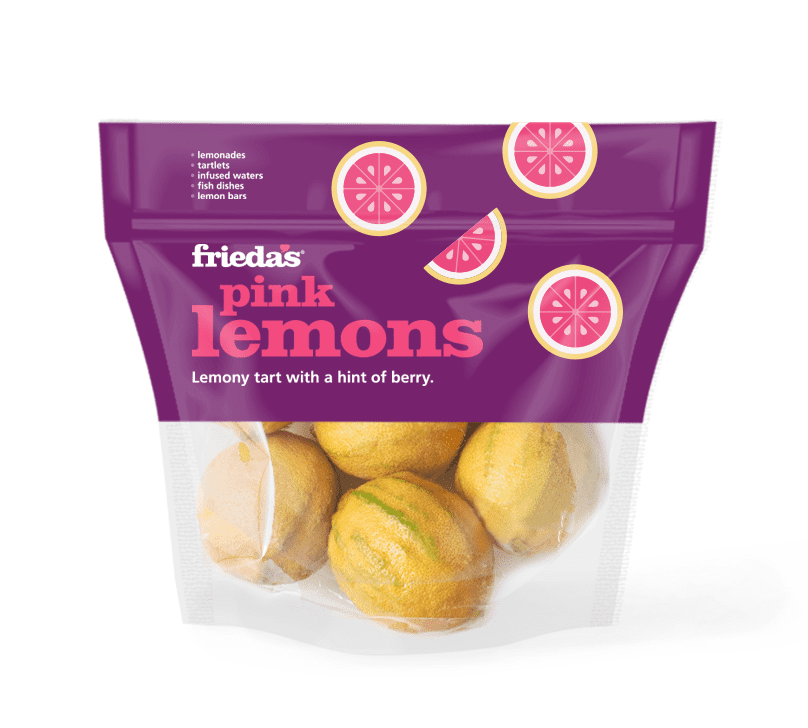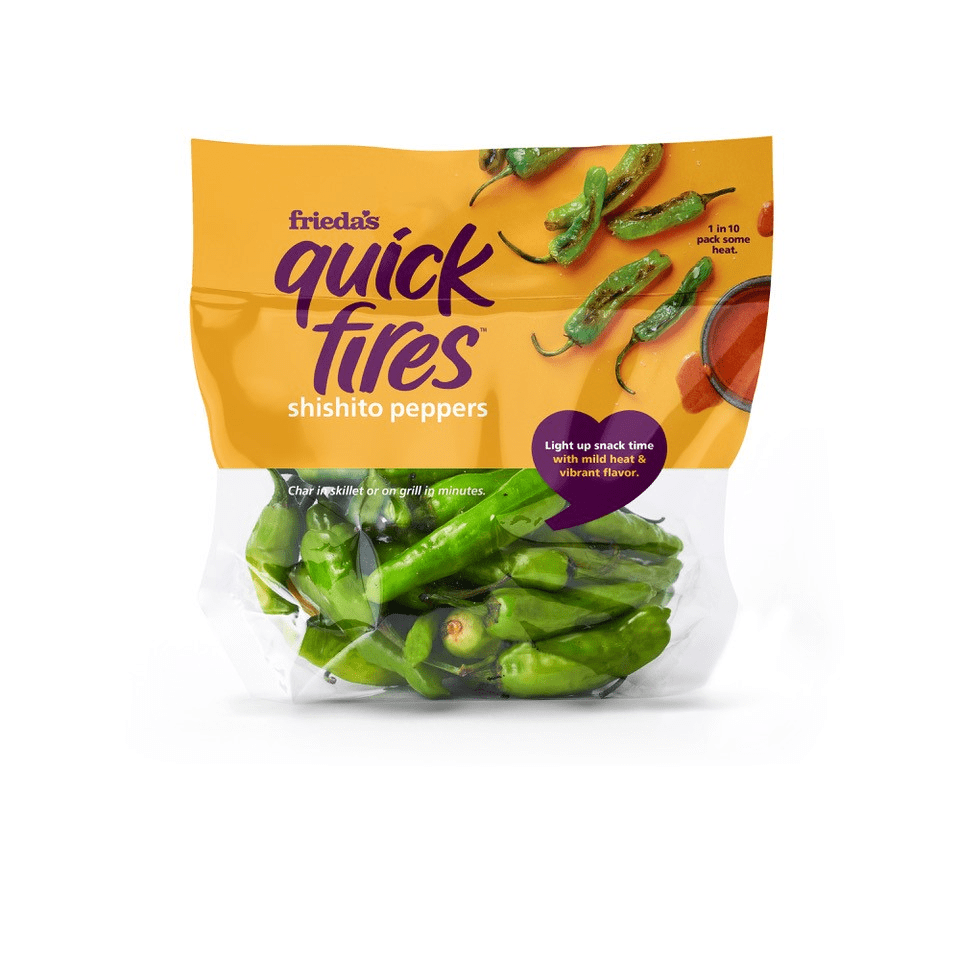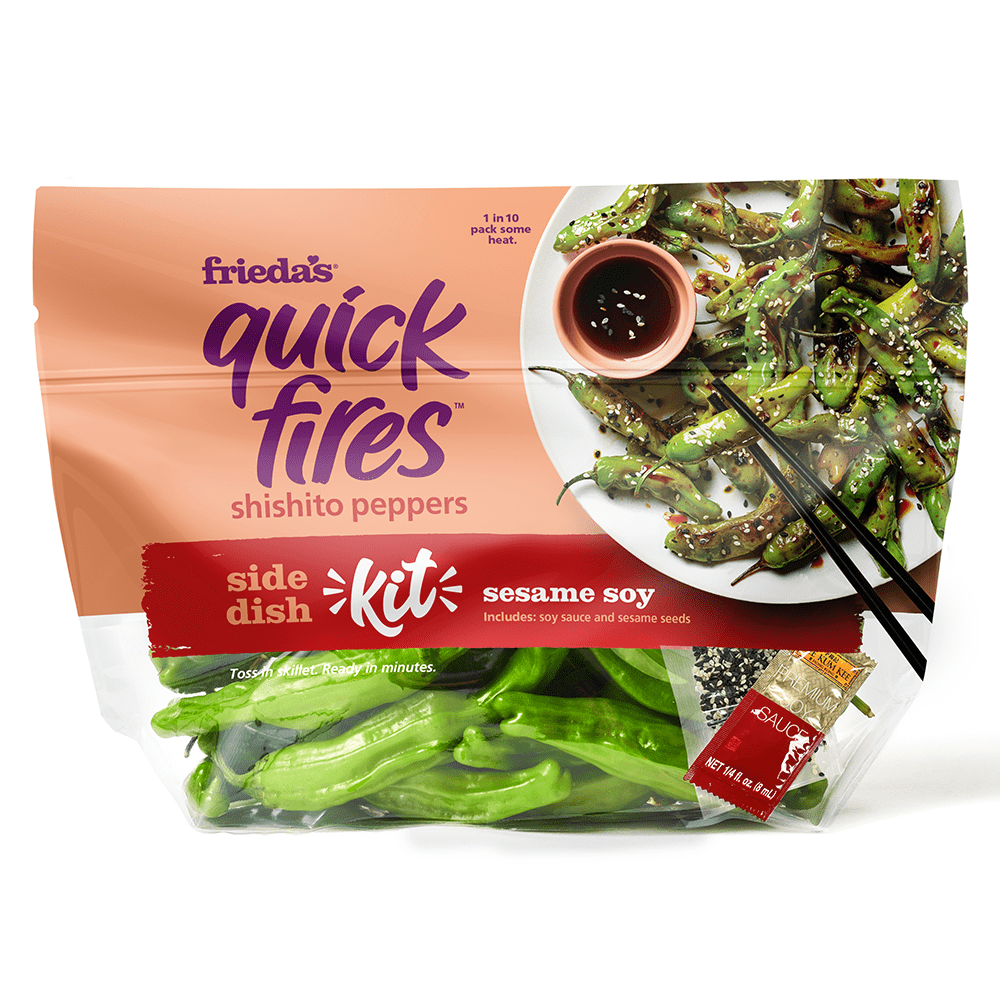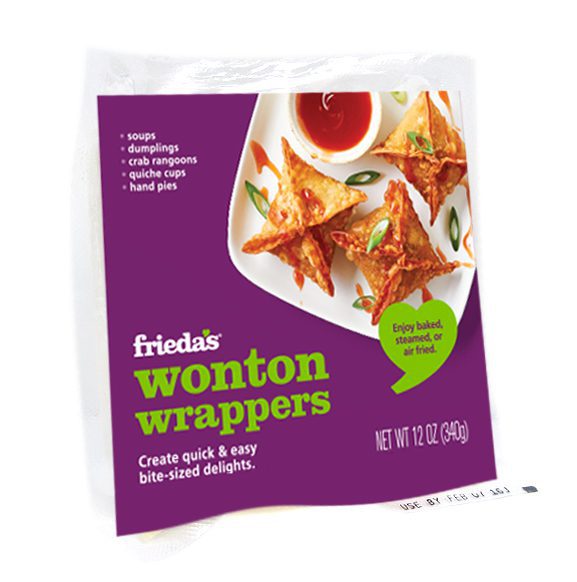Growing up in the produce industry and working summers on the wholesale produce market in downtown Los Angeles, my fondest memories are of the wonderful smell of tree ripened summer fruit.
You know what I mean. Peaches, nectarines and plums… These fruits were at their peak of season while I was working summers in high school. If I was lucky, our next door neighbor on the produce market, Giumarra Brothers, would occasionally give us a box of fruit to enjoy.
Well, it’s almost that time of year again.
Over the past few weeks, Frieda’s has been receiving bulletins from many of our fruit grower friends, updating us on their crop projections. I know it’s hard to believe, but some of the biggest grower/shippers (a shipper is a company that packs and sells fruit on behalf of growers) start working with their big retail customers (Kroger, Wal-Mart, Safeway, Albertson’s and all the regional chain stores) at least 6 months in advance to plan their promotional activities, so the fruit is pre-sold before it is harvested.
Unfortunately, over the last 20 years, the tree fruit industry has seen a decline in tree fruit per capita consumption. I’m pretty sure most of that is because consumers vote with their dollars. If you go to the store and buy fruit that looks good but does not taste good, you just don’t buy it again.
Years ago, too many growers thought that the appearance of the fruit was the most important quality – a red blush on the outside skin, or “high color” as we call it in the trade. Many growers planted beautiful-looking fruit that did not taste good when they ripened. Or, they harvested fruit before it was mature, and it never got that juicy, mouth watering ripeness and flavor. So, consumers stopped buying them.
Our industry also found out something incredibly important. Tree fruit must either be kept REALLY cold (35 degrees or colder), or it must be warm (over 58 degrees). If the fruit is held at the temperature zone in between before it ripens (36 – 57 degrees, like in storage or at the supermarket warehouse), it is the “killing zone,” and that temperature range basically kills the flavor of the fruit.
So what does this mean to you, the home shopper?
- Buy only fruit that you can consume in a few days.
- When you get it home, put the tree fruit on the counter out of the sun and let it ripen up (which it will do quickly). Or if you want to hasten the ripening, put the fruit in a brown paper bag to create a mini ripening atmosphere.
- Only after the fruit is soft and smells good can you put it in the refrigerator. But really, you should just eat it!
- Don’t refrigerate unripened tree fruit, because your home refrigerator is not usually under 35 degrees… It’s probably around 37 degrees, aka “the killing zone” for tree fruit flavor.
The good news is that growers are aware of the poor practices in the past and there has been a wave of new fruit varieties with fantastic flavor. Many of the old varieties have been “torn out” and replaced with newer varieties. And our industry has spent a lot of research and education dollars letting retailers know best practices for handling tree fruit.
I am looking forward to this year’s harvest of peaches and nectarines. (Nectarines are my personal favorite!) I think we will see some wonderful tasting fruit. Plus, the newest varieties of Pluots (a cross between a plum and apricot) also have some amazing taste profiles.
I would love to hear about your experiences with this year’s fruit crop. Feel free to post your comments on our company Facebook Page: http://www.facebook.com/FriedasSpecialtyProduce
Enjoy!
Karen

